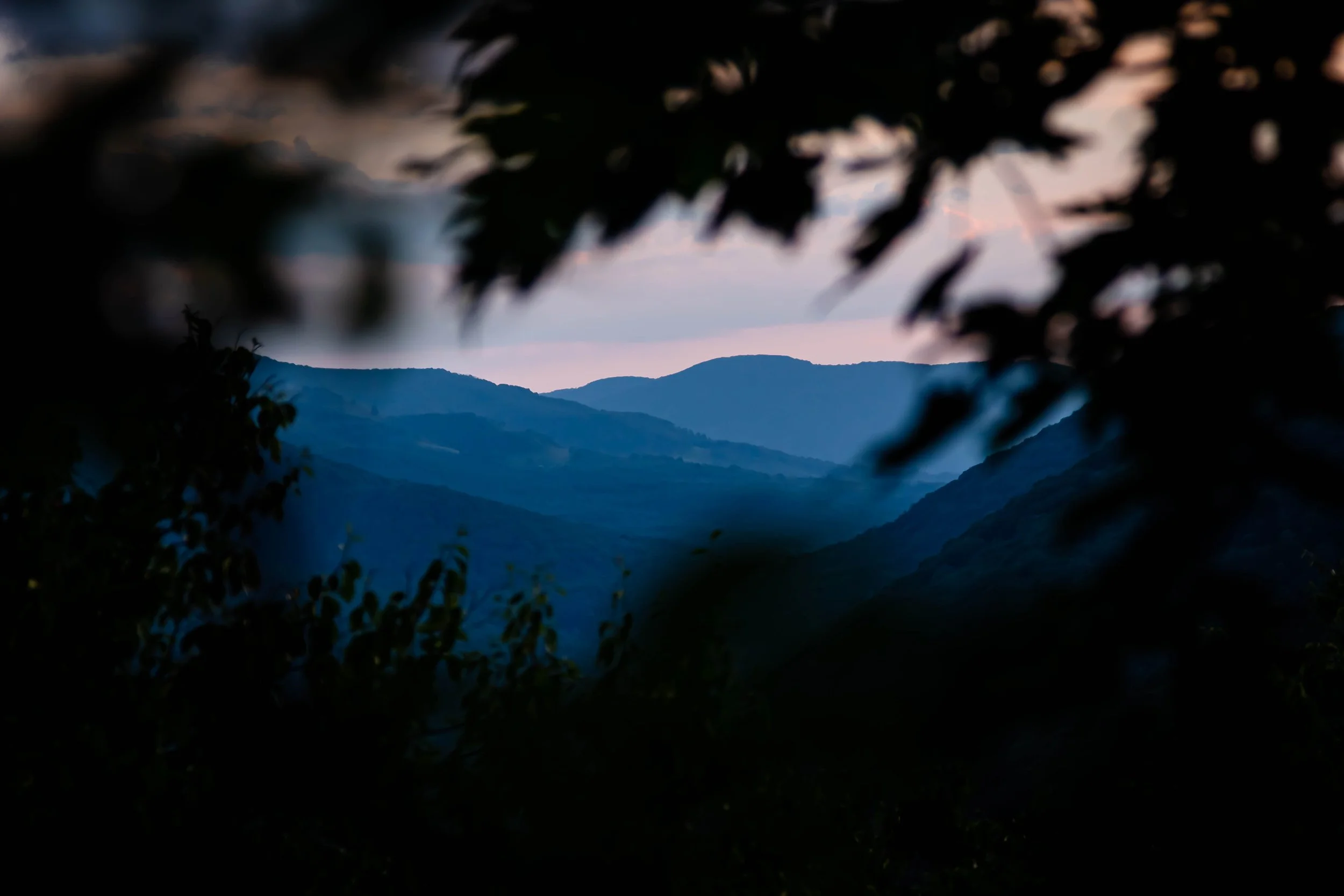Gatekeeping the Wild
A few years ago, we went on a backpacking trip in West Virginia and had an interesting conversation with a park ranger.
This itself was not unusual; we’ve gone on many backpacking trips and had many interesting conversations with many park rangers.
We met said ranger at the trailhead and chatted a bit as we were getting ready to head off. There was the usual stuff—double-checking route conditions, fun facts about the area’s geology, and so on.
And then there was the warning.
The ranger had a specific request for us: she asked that we not share our route on social media.
We’ve never been in the habit of sharing our routes on Strava or similar platforms, so this was not an onerous request for us and we agreed readily.
The ethics of location and route sharing is a hot topic in the outdoor community. Some people argue that locations should be shared or tagged or what-have-you, with the aim of increasing accessibility to the outdoors. The logic goes that the more people are able to get out and enjoy nature, the more people are likely to become invested in preserving it. Here in the United States, our system of public lands is, in our opinion, one of the nation’s greatest achievements, and the public should benefit from it. Gatekeeping locations keeps knowledge within circles that are likely to already be knowledgeable.
On the other side, people profess that making locations and routes too easy to find leads to over-visitation and environmental damage. A popular post with a geotag can lead to a dramatic influx of visitors to that place—many of whom may not be familiar with outdoor principles like Leave No Trace—which can wreak havoc on delicate ecosystems and park infrastructure that may not be equipped to handle such numbers. (This is especially pertinent as many National Parks, for example, currently suffer from staffing shortages.)
The latter side also points out that there are plenty of resources out there for finding or making hiking routes—AllTrails, CalTopo, various hiking blogs, etc. It takes some research, but perhaps this is the way it should be. Perhaps having some sort of barrier to entry is important, to ensure that people are willing to put in some effort for these places.
Back in West Virginia, we agreed to the ranger’s request to not share the details of our route. In the years since, we’ve mentioned the Wilderness Area and the National Forest that contains it a handful of times, but nothing more specific than that.
In general, we both fall on the side of the gatekeepers. We’ve seen firsthand the impacts of lots of people camping in the same place, of people leaving all manner of trash in the backcountry, of general disregard—or unawareness of—the principles of Leave No Trace (for more about Leave No Trace, check out our post here).
On our West Virginia trip, a particular goal of ours was to spend some time hiking off-trail, and we were headed to one of the only places in the mid-Atlantic Appalachians where one can really do that, so it was especially important that we closely observe the Leave No Trace guidelines—and leave no trace online, as well. We are both fans of hiking and camping off-trail and away from established campsites, a practice known as “stealth camping” or “dispersed camping.” When done well, this type of travel actually leaves less trace than tromping through and camping on the same places as everyone else. (There are, however, places where stealth camping should not be done at all. In these cases, camping in established sites is the best practice.)
Emphasis here must be placed on “done well.” Stealth camping requires self-sufficiency and a keen adherence to the Leave No Trace principles. It is not and should not be for everyone. If you’re not capable of and committed to doing it right, don’t do it at all.
Once more for the people in the back: If you’re not capable of and committed to doing stealth camping right, don’t do it at all.
If you do it right, the next person to pass by where you were shouldn’t be able to tell that anyone was there. That means no trash left lying about, no beaten-down paths, no (or at least very minimal) broken or crushed plants. We have lots more to say on the topic of stealth camping specifically, so keep an eye out for a future post exploring this idea further!
Back to the broader subject of gatekeeping, though. Like stealth camping, not everything needs to be for everyone, and some things should have a barrier to entry. Not to be elitist, but to be safe and responsible. Every year, there are stories of people needing to be rescued from the outdoors because they set out lacking the adequate knowledge and preparation (check out some examples in my Substack post here).
A bit of gatekeeping can be good for people as well as for the environment. By ensuring people have to do a little bit of work to get out into the wild, hopefully the people who do make it there will be better-equipped to be there as well as more invested in protecting and preserving the areas they get to visit. Experiencing the great outdoors is amazing, but no one is entitled to that. We have a responsibility as visitors to the wilderness to do all we can to keep ourselves and the surrounding ecosystems safe. We have explored this interplay between “gatekeeping” and personal virtue and responsibility at length in previous posts (for example here): institutions and norms and rules help people behave ethically, but only carry moral weight to the extent that they reflect people’s ethical principles and are regularly updated and maintained.
Where do you fall on the “to gatekeep or not to gatekeep” debate?




